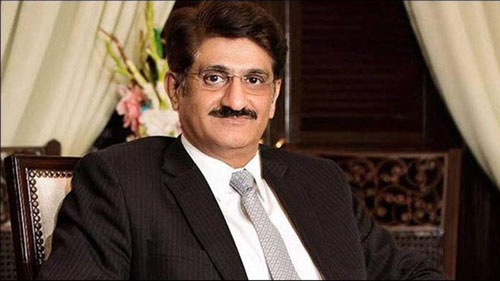Sindh Chief Minister Murad Ali Shah on Tuesday greenlighted a policy of gradually upgrading all primary schools to post-primary schools in an effort to bring back 4.1 million out-of-school children.
Chairing a meeting in this regard, Sindh CM directed the Education Department to implement a policy of gradually upgrading all primary schools to post-primary schools and develop a connection with cluster schools to retain children and prevent the dropout ratio from increasing.
The Chief Minister mentioned that the Pakistan Institute of Education published a report in January 2024, which stated that there are 26.2 million children out of school in Pakistan. Sindh’s share in this number came out to be 7.63 million children, which is a very alarming situation.
In response to this, Education Minister Sardar Shah quoted the latest figures from the Ministry of Education (Federal Government), he said there are 4.1 million children out of school in Sindh.
Meanwhile, CM Murad said that in 2019, UNICEF Sindh conducted a sample study to determine the reasons behind children not attending school in the province.
The results of the study revealed that children between the ages of 5 and 16 were out of school for several reasons, which included poverty, families not giving importance to education, girls’ schools not being available, schools being too far away, and others.









